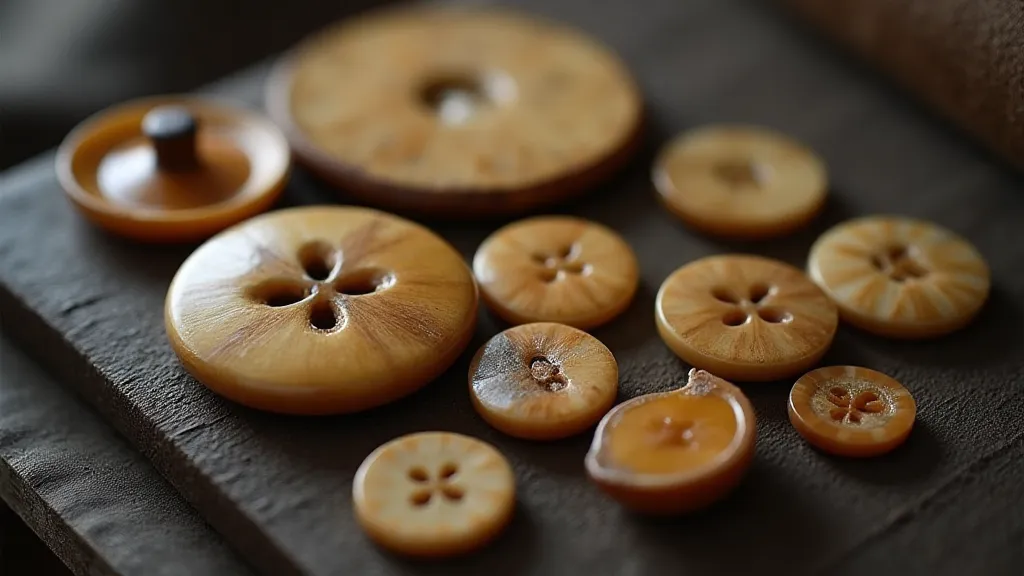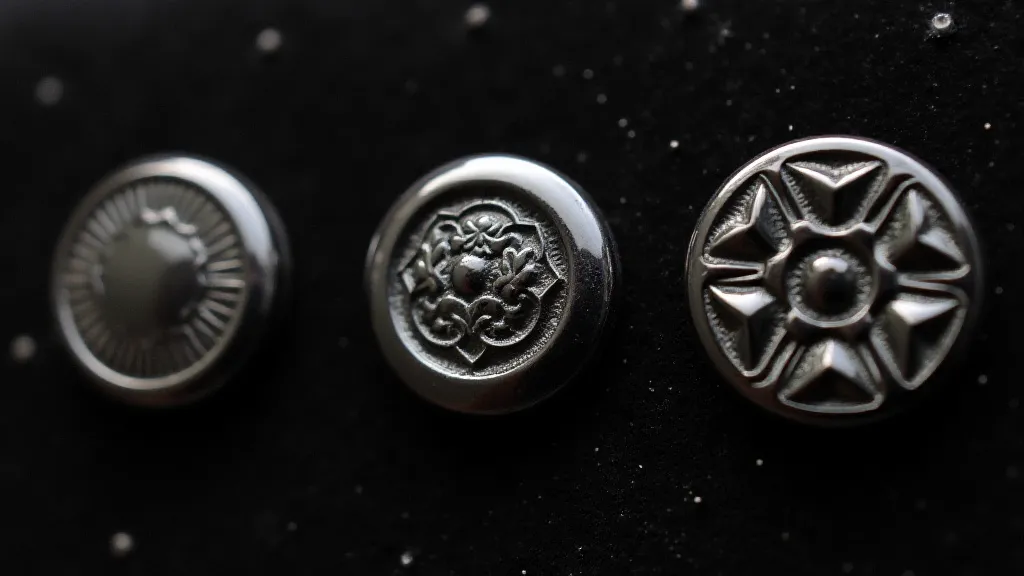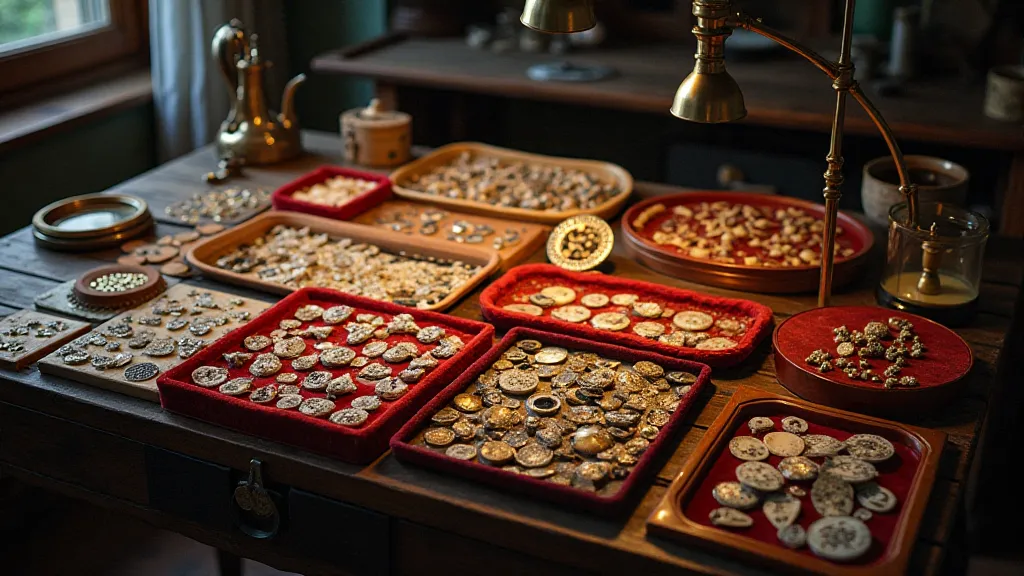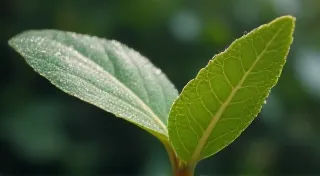The Butterfly Effect: Minor Manufacturing Changes and Their Impact on Victorian Button Collecting
There's a quiet magic in holding a Victorian button. It’s not just a fastener; it’s a tiny window into a vanished era, a tangible connection to the hands that crafted it, the clothes it adorned, and the lives it touched. As a collector for over thirty years, I've come to appreciate not just their beauty but also the fascinating and often overlooked details that dictate their value – details often born from seemingly insignificant shifts in manufacturing processes. It’s a lesson in the power of the "butterfly effect": a tiny flutter in one area leading to significant consequences elsewhere.
My own journey into Victorian button collecting began, predictably, with a flea market find. A small box, crammed with a jumble of buttons – some chipped, some tarnished, but undeniably beautiful. Among them was a particularly striking jet button, its deep black sheen hinting at a quiet elegance. Little did I know that single button would spark a lifelong passion and a profound respect for the artisans who labored to create them.
The Dawn of Mass Production & Its Unforeseen Consequences
The Victorian era (1837-1901) was a period of remarkable technological advancement. The Industrial Revolution was in full swing, and button manufacturing was no exception. Prior to this, buttons were largely handmade, a laborious and time-consuming process, making them luxury items. The introduction of machinery, particularly the early button stamping machines, dramatically increased production and made buttons more accessible to the burgeoning middle class.
But this revolution didn't unfold uniformly. Early factories experimented with different metals – brass, steel, and eventually, cheaper alloys. The transition from hand-carved horn to machine-stamped horn, for example, subtly altered the look and feel of horn buttons. Early hand-carved horn buttons possessed a depth and character rarely seen in their machine-made counterparts. Collectors prize these early examples for their unique qualities – a testament to the skill of the artisan. The echoes of these early horn factories, and their ultimate fates, resonate even today; a subject deserving of its own study – as detailed in articles exploring The Ghostly Echoes of Horn: A Requiem for Forgotten Button Factories.

The Rise and Fall of Materials: Horn, Mother-of-Pearl, and Jet
The materials themselves were subject to the butterfly effect. Horn buttons, ubiquitous in the mid-Victorian period, relied on the availability of animal horns – primarily from cattle. Changes in agricultural practices, or even disease outbreaks affecting livestock, could impact horn supply and, consequently, the production and price of horn buttons. The shift toward using more bleached or treated horn also resulted in a slightly different aesthetic - a whiter, more uniform appearance that some collectors find less desirable than the natural, amber tones of earlier buttons. The beauty and meaning of many materials, like mother-of-pearl, held complex cultural significance, as explored further in "Mother-of-Pearl's Iridescent Secret: Decoding the Language of Victorian Ornamentation."
Mother-of-pearl buttons, prized for their iridescent beauty, faced a similar vulnerability. Sourced from oysters and mollusks, their production depended on healthy marine ecosystems and the availability of skilled shell processors. The popularity of jet buttons, made from fossilized wood, offered a somber elegance especially favored during mourning periods. The limited supply of jet and the labor-intensive process of carving it led to variations in size and quality, influencing their collectability. A slight change in carving techniques, intended to increase production speed, could unintentionally alter the button’s profile, impacting its historical accuracy and desirability. The subtle variations in color and style – a reflection of the ever-shifting tastes of the era – are truly fascinating; a whole spectrum of hues and shades deserve closer scrutiny. Indeed, the symbolism and meaning behind the decorative motifs themselves have undergone an evolution, as explored in depth in "The Grammar of Ornament: Decoding Button Design Motifs and Their Victorian Meanings."

The Nuances of Button Design & Manufacturing Techniques
Even seemingly minor design choices carried significant weight. The introduction of the "shank" – the small post on the back of a button – was a response to changing clothing styles and a desire for more secure fastening. Early shanks were often crude and poorly formed, while later, more refined shanks became a mark of quality. The type of stamping process – whether a single or double strike – could affect the sharpness of the design and the overall feel of the button. The prevalence of particular motifs – floral designs, military emblems, geometric patterns – reflected broader cultural trends and the changing tastes of consumers. A slight alteration in a floral pattern, meant to simplify the stamping process, could transform a common button into a rare variant, instantly elevating its value. The very colors used held a narrative, a visual representation of social and artistic movements—a complex interplay of circumstance that shaped these tiny artifacts.
Consider military buttons, a particularly popular area of collecting. The adoption of new uniform designs by various regiments resulted in a constant evolution of button styles. A subtle change in the wording around the unit crest – perhaps a minor misspelling corrected in a later iteration – can drastically increase the rarity of a specific button type. Military button collecting is a fascinating study in historical accuracy, and even experienced collectors are often surprised by the subtle variations that can exist. They stand as miniature monuments to valor, each one a testament to a regiment’s history and identity – a topic deserving of a dedicated exploration, such as in The Regiment’s Regalia: Military Buttons as Miniature Monuments to Valor.

The Human Element: Artisans & Early Button Factories
It’s easy to get lost in the technical details, but it’s important to remember the human element. The early button factories were often family-run businesses, and the artisans who worked there took pride in their craft. They experimented with new techniques, adapted to changing market demands, and often left their own subtle mark on their creations. Identifying these “maker’s marks,” even if they are faint or unintentional, can be a rewarding experience for serious collectors.
While comprehensive catalogs of early button factories are scarce, piecing together their histories through old trade directories, factory records (when available), and anecdotal evidence offers a glimpse into the lives of these pioneering industrialists. The rise and fall of early button factories – often due to competition, economic downturns, or simply changing fashion trends – left a legacy of unique and collectible buttons. Further research into materials used during this period is crucial for understanding the evolution of button design – from early horn to the emergence of plastic alternatives, each with its unique challenges and aesthetic properties. Understanding the broader context of Victorian aesthetics provides a valuable lens for appreciating the nuances of button design, a perspective further enhanced by resources like "The Grammar of Ornament: Decoding Button Design Motifs and Their Victorian Meanings."
Preserving the Legacy: A Collector’s Responsibility
Collecting Victorian buttons isn't just about acquiring beautiful objects; it’s about preserving a piece of history. Proper storage and handling are crucial to preventing further deterioration. Avoid direct sunlight and excessive humidity, which can damage the materials and fade the colors. Gentle cleaning with a soft cloth is often sufficient, but harsh chemicals should be avoided at all costs. The fragility of these artifacts underscores the responsibility we, as collectors, have to protect them for future generations. It is amazing how subtle variations can arise simply from changes in manufacturing processes. To delve deeper, one might investigate the shift in aesthetics brought on by advancements in plastic technology, further illustrating the complexities of Victorian industrial innovation.
Ultimately, the butterfly effect in Victorian button collecting teaches us to appreciate the intricate web of factors that shape the value of these small treasures. It encourages us to look beyond the superficial and to delve deeper into the history, the craftsmanship, and the human stories that lie behind each individual button. It's a journey of discovery, a constant learning process, and a testament to the enduring power of seemingly minor changes. As fashion itself evolved, so did the materials and techniques employed in button production, leading to a fascinating array of styles and innovations. The introduction of new manufacturing processes led to changes in color and style; understanding the underlying scientific and technological developments is key to appreciating the full scope of this historical evolution. The subtle shifts in color and design truly reflect the era's artistic and industrial transformations.





